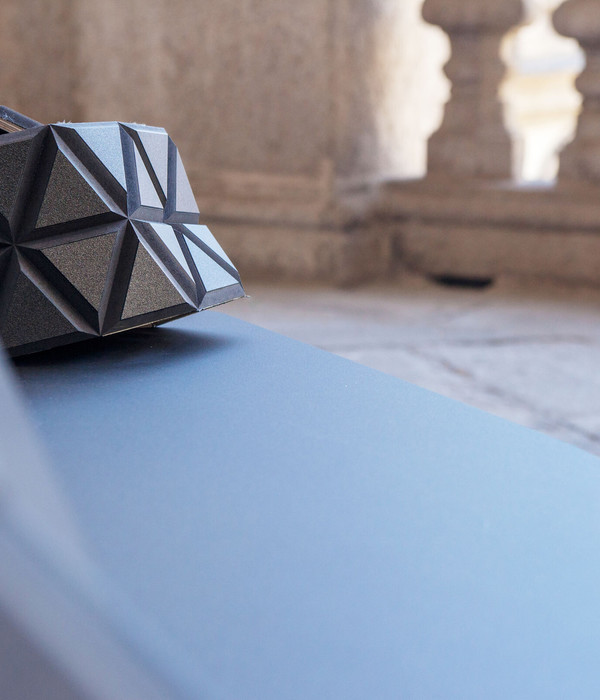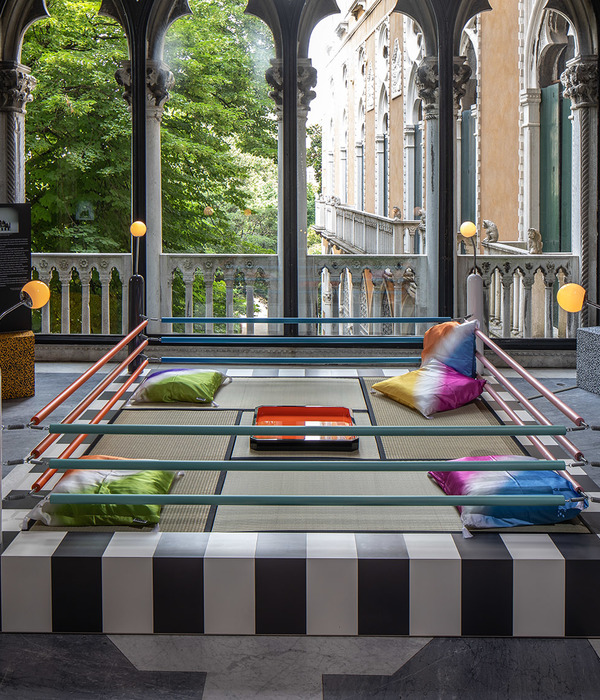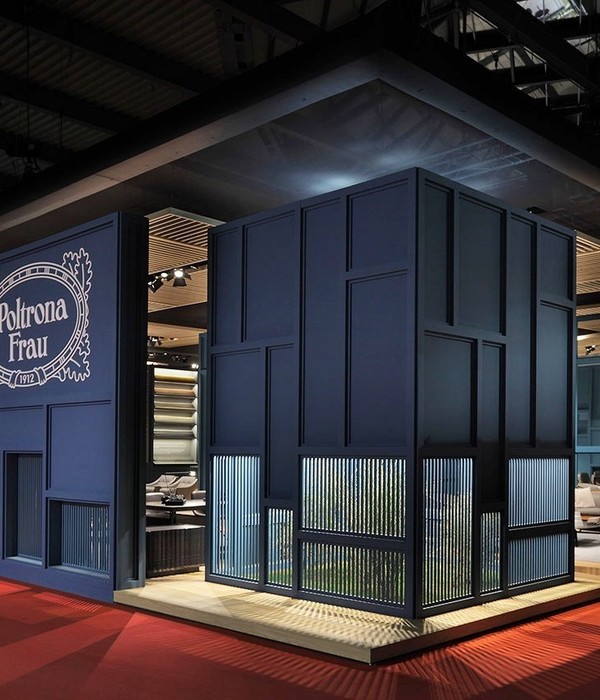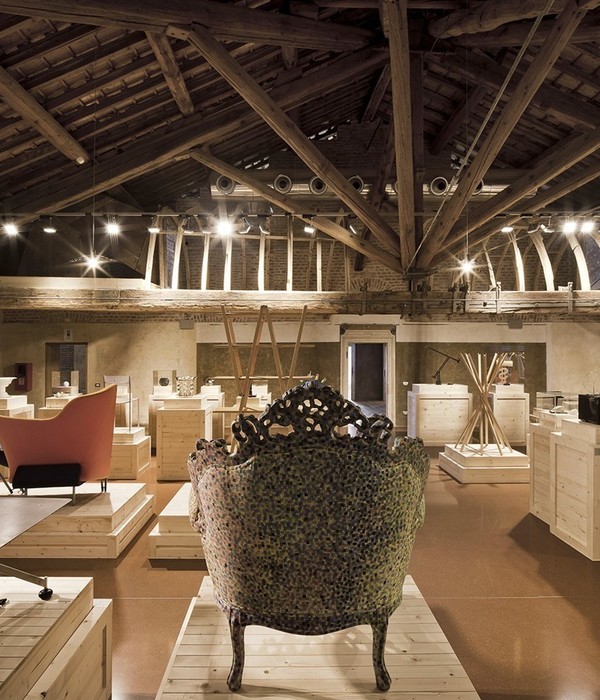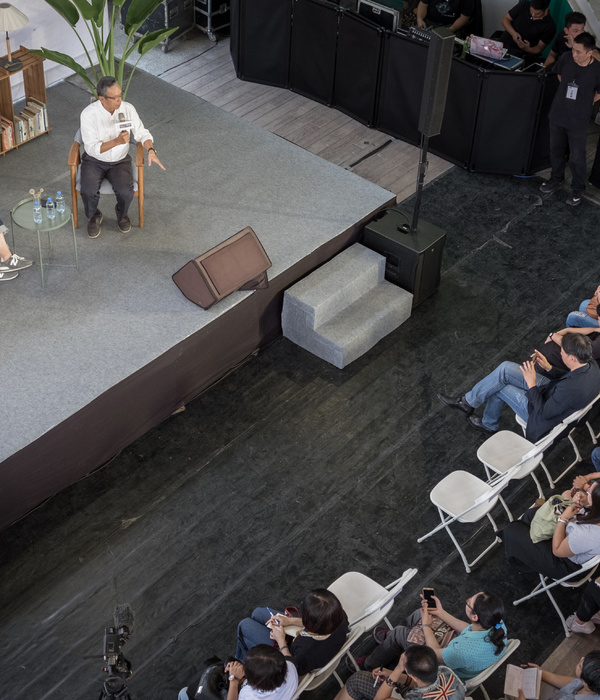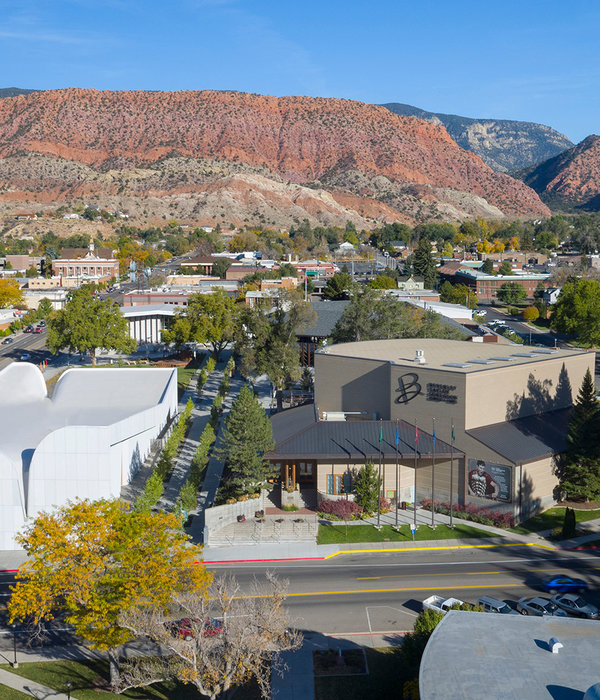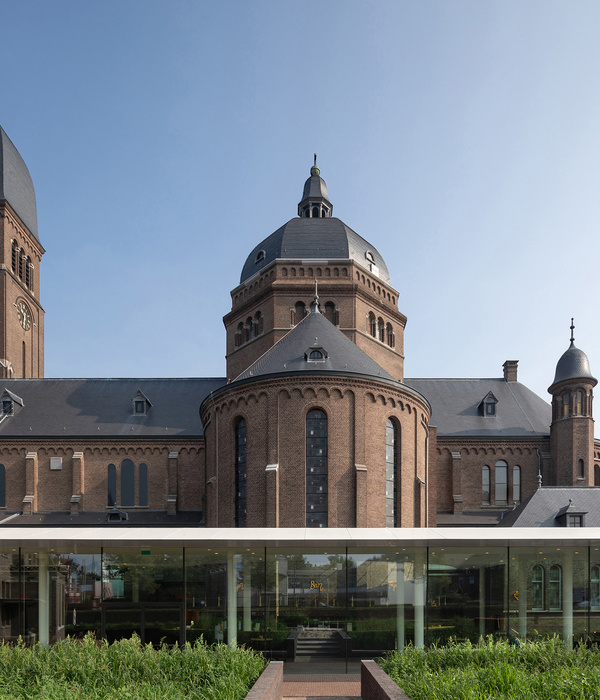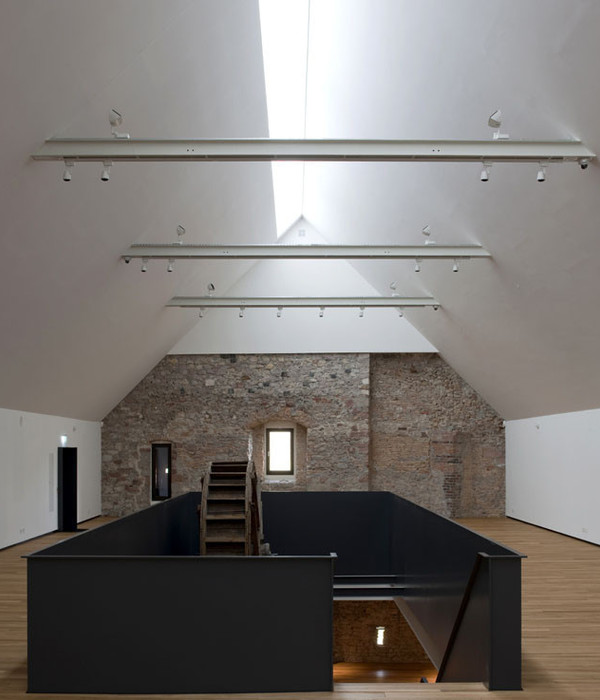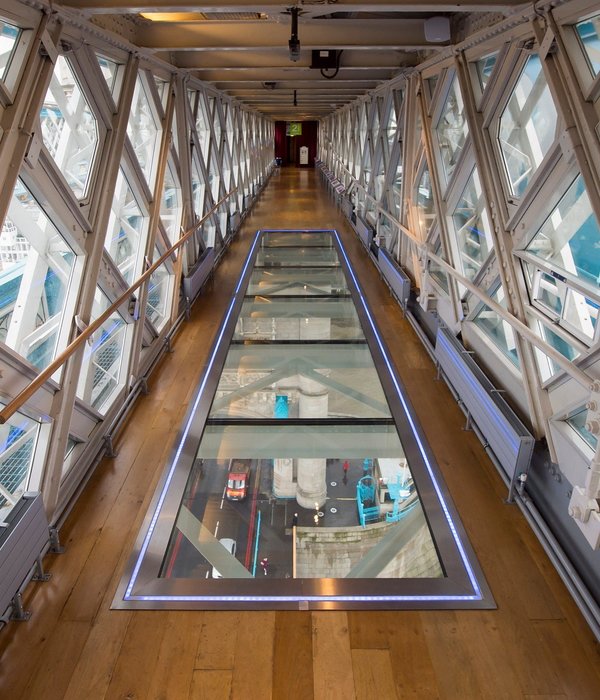Architect:smartvoll
Location:Amstetten, Austria; | ;
Category:Offices;Warehouses;Urban Green Spaces
How adaptive reuse and urban wilderness contribute to the reanimation of a wasteland and protect the climate at the same time.
It should be clear by now that the construction industry has a significant share of responsibility for climate change. Starting with soil sealing, to the enormous sand consumption in cement production or the CO2 emissions in concrete production. The impact of construction on the climate will increase in the coming decades if, as demographic studies predict, more and more people are going to live in cities. New strategies are therefore needed for the sensible re-use of already sealed industrial areas that have lost their original use.
Paradoxically, industrial wastelands are also the epitome of a revitalized urban wilderness - where humans retreat, plants and small creatures create their new habitat. Instead of taming this emerging wilderness, we want to give it as much space as possible. After all, the challenges of the future are interconnected and, in our opinion, can only be solved holistically. We see the city as a collaborative ecosystem of plants, animals and people that can only function well in synergy.
Not far from the Amstetten train station, there is an unused space - an old depot (“Remise”) with an associated industrial area. The building, which was radially arranged around a rotating platform, for decades provided space for locomotives as a workshop with 22 entry tracks. A few years ago, it was given a new temporary use as an event location. In the next few years, the area belonging to the depot is to be developed into a lively mixed-use quarter. In the future, the largely car-free quarter will be accessed primarily via the train station, with the “Remise” marking the new entrance to the quarter.
In our view, the existing building is worth preserving in several aspects. In addition to the ecological and architectural aspects, the identity-forming effect is to be emphasized from the urban planning point of view. Especially in a district that will be characterized almost exclusively by new buildings, the charm of the existing and the patina is an atmospheric main asset.
In the process of developing the quarter, a new use is envisioned for the “Remise”. A mix of workshops, creative labs, office, and event space will bring together different players and ideally ensure lively exchange and synergies between users.
To create the required space for the new use, the existing building is supplemented by four additional volumes. Special attention was given to mindful dimensioning. On the one hand, the dimensions of the individual structures respect the human scale, and on the other hand, they replace only as much of the old structure as is necessary. At the same time, the new implants still act as a clear signal of the renewal of the area. The positioning of the structures creates intuitive access from the train station underpass into the quarter, while the new entrance, prominently framed by two new buildings, unmistakably guides the way inside.
Not every part of the existing building contributes equally to the atmosphere, not every part is equally beneficial in the new building. The project is therefore not about dogmatic preservation of substance, but about the precise selection of existing qualities. The existing roof in its current form is not suitable for subsequent use and must therefore be replaced.
The old load-bearing structure, however, continues to dictate the structure of the new roof and the new façade. The four building volumes seem to grow out of the roof and therefore enter into a dialogue with the existing structure. A new, perimeter roof garden is created on the rooftop, which can be accessed from the office buildings. Along the building structures, the roof garden moves away from the buildings to allow natural light into the interior of the remise through the support structure.
A new gallery floor is also integrated into the old remise. The existing building as a connecting element which enables an additional internal, circulating access between the buildings. Together with the independent access cores of the implants, this results in enormous flexibility in everyday use. In the end, both parts - the new building and the existing structure - benefit from each other and together offer more qualities than one part alone ever could. The configuration of new, punctual structures and the more extensive “Remise” also ideally meets the requirements of different work settings. While the ground floor offers generous space for workshops, laboratories and events, focused office work can take place in the vertical implants.
In addition to the design advantages of the existing building, it also makes more sense from an ecological point of view to preserve existing structures as much as possible. The grey energy already built into the existing building is not carelessly wasted. At the same time, a new building means massive new consumption of resources and CO2. By replacing the roof, existing space is made usable again. In combination with the much lower volume of new construction, compared to a completely new building, resource-saving planning is being applied in several aspects in the project.
However, sustainability does not end with the building envelope. Appropriate landscape planning also makes a significant contribution to climatic well-being. The outdoor area is intended to function as an urban wilderness, reminiscent of the industrial effect of the existing building. The old hub, the centre of the “Remise”, will become a biotope and the new centre of the entire neighbourhood. Here, too, the design is not purely for atmosphere, but also for sustainable development on the site. Instead of trimmed lawns, concreted areas, or over-regulated green space, we opted for deliberately untamed vegetation.
A mixture of trees and low planting is intended on the one hand to prepare the neighbourhood for a hotter future, and on the other hand to provide a habitat for flora and fauna and literally invite them to live together.
▼项目更多图片
{{item.text_origin}}

